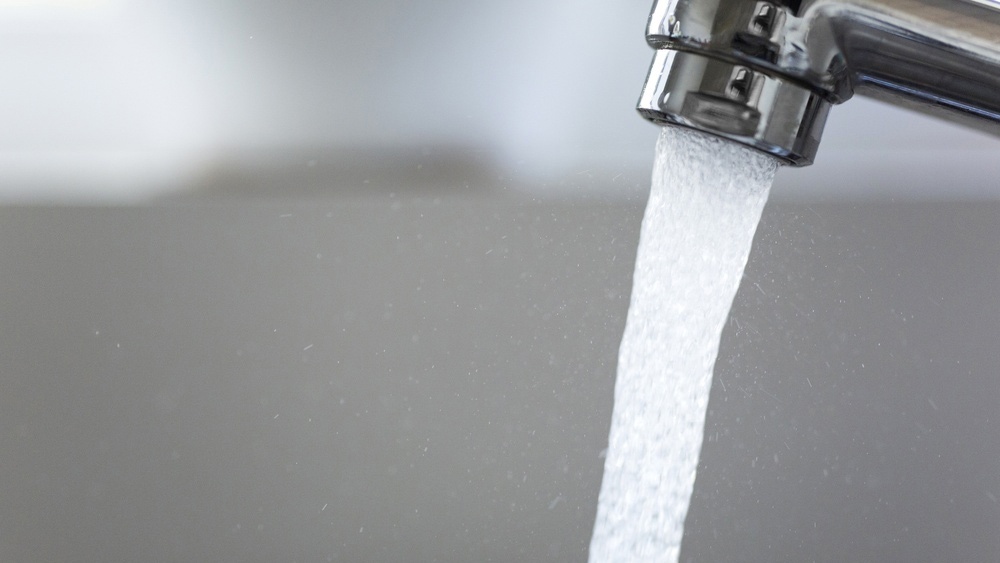
Everyone wants to reduce their carbon footprint. The best place to start is in your home. Warner Service talks about how to find environmentally friendly plumbing solutions in your home.
Plumbing Anatomy
According to Homestructions, an American Home Shield-sponsored website, proper pipes of the right material improve water pressure. They also minimize leakage and waste.
“Steel or PEX pipes (flexible cross-linked polyethylene) maintain heat well and are durable. If you’re using plastic or copper pipes, adding pipe insulators is...cheap.”
Pipe insulators have the potential to reduce heat loss by 80 percent. If the plumbing anatomy has insulation to keep the heat in, your home uses less energy to heat the water.
Toilets
Eco-friendly toilets are an easy upgrade to the plumbing system. This appliance doesn’t lose any functionality of traditional models, but it reduces the monthly water and energy bills.
According to Homestructions, “Green toilets use 20 to 60 percent less energy compared to their classic counterparts.”
If you don’t have the home improvement budget to afford a brand-new model, invest in toilet water savers. To combat one of the biggest water wasters in your home, these devices save thousands of gallons of water per year. Check out a toilet water saver kit, leak detection dye tablets, and a toilet tank bank (which saves one gallon of water per flush).
Faucets
Like eco-friendly toilet models, eco-friendly faucets exist.
According to The Home Depot, “WaterSense®-labeled faucets and faucet accessories (such as aerators) are high-performing, water-efficient fixtures that...help you save water, energy, and money."
Every product with a WaterSense® label completes a third-party certification process. This is to ensure EPA criteria, which means it saves water and still provides adequate flow.
With a WaterSense® bathroom sink faucet or faucet accessory, your home saves up to 700 gallons annually per faucet. Since these water savings reduce demands on water heaters, your home also saves energy.
About two and a half gallons of water flow through a traditional shower head per minute. Water-saving, flow-optimized shower heads are a mainstream option to save water in your home. Eco-friendly shower heads reduce water flow up to 1.75 gallons per minute compared to a standard flow of water at 2.5 gallons per minute.
A water-saving shower head (like one with a WaterSense® label) uses 30 percent less water. It also decreases energy costs by cutting back on shower performance.
Cleaning Solutions
Drainage pipes are essential to your home. These pipes remove waste and maintain a smooth flow of water throughout your home. Because drainage pipes are always working, they need cleaning every 4 to 8 weeks.
To clean drainage pipes, many homeowners rely on conventional drainage products. These off-the-shelf products have a key active ingredient called sodium hydroxide. It's also known as caustic soda or lye. Sodium hydroxide is a toxic man-made chemical that causes environmental problems.
To help the environment and take care of the drainage pipes, invest in eco-friendly drainage products. Try Unique Natural, Earthworm, Home Solv, and Biokleen. These eco-friendly drainage cleaners cost about the same as conventional cleaners.
For more environmentally friendly drainage products, visit 9 Eco-Friendly Drainage Products For Your Pipes.
From high-performing toilets and shower heads to eco-friendly cleaning solutions, plumbing is good for the environment. It all depends on how your home works.
For more information about eco-friendly solutions for your home, subscribe to the Warner Service blog. Click on the button below to learn more:


